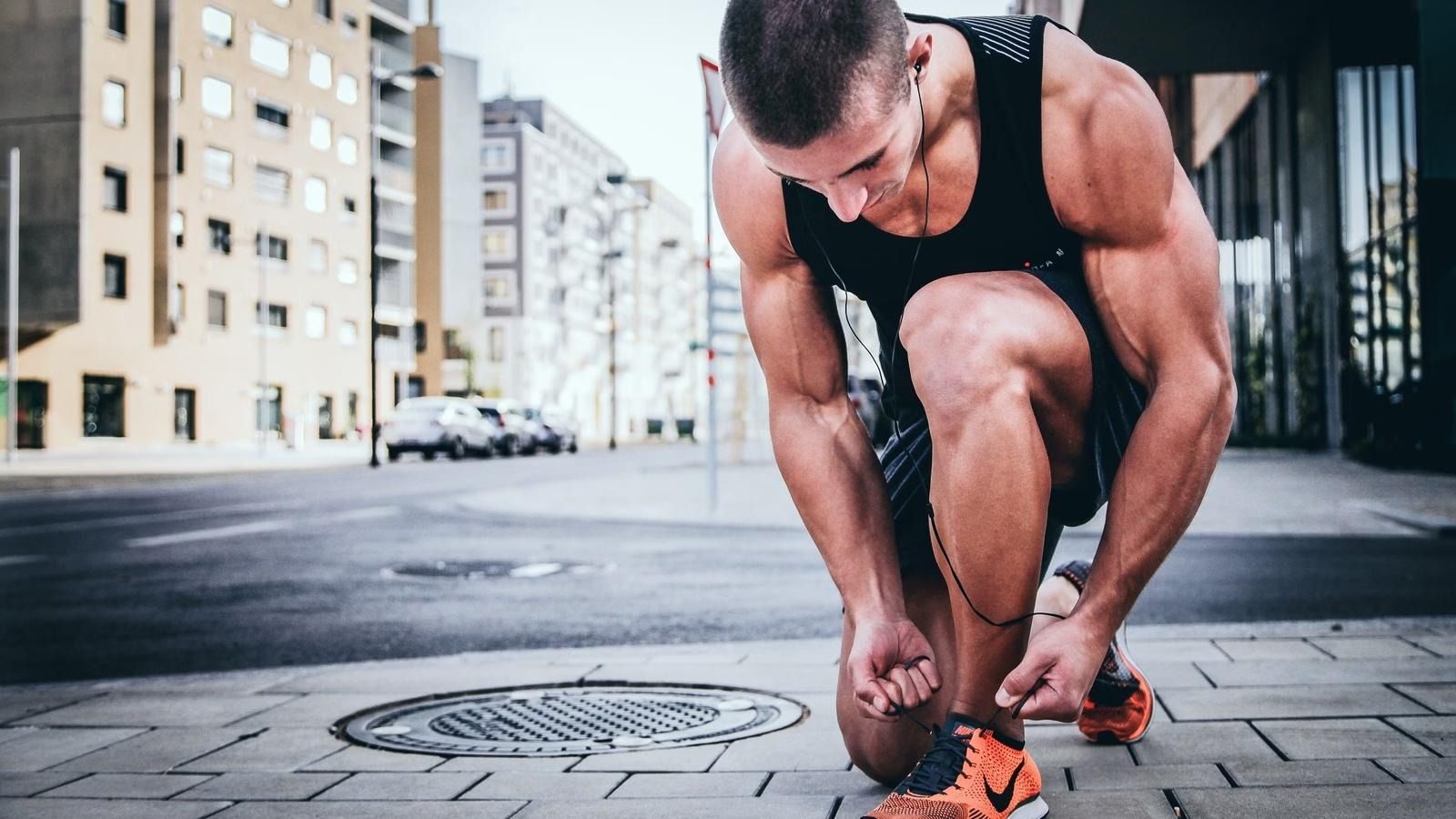

Staying fit without a gym membership is not only possible but can be enjoyable and effective. Let’s learn more about this topic below with Eggy Car, as we explore various ways to maintain your fitness at home or outdoors. From bodyweight exercises to creative alternatives, this guide will help you achieve your health goals without stepping foot in a traditional gym.
Regular physical activity is crucial for maintaining overall health and well-being. It helps to strengthen muscles and bones, improve cardiovascular health, boost energy levels, and enhance mental clarity. Many people believe that achieving these benefits requires a gym membership, but this is far from the truth. In fact, there are numerous ways to stay fit and healthy without ever setting foot in a gym.
The key to success lies in finding activities that you enjoy and can easily incorporate into your daily routine. This approach not only makes exercise more sustainable but also increases the likelihood of sticking to your fitness goals long-term. By exploring alternative methods of staying fit, you’ll discover that the world around you can become your personal gym.
Transforming your living space into a fitness center is easier than you might think. With a little creativity and determination, you can achieve a full-body workout using nothing more than your body weight and a few household items. This approach is not only cost-effective but also incredibly convenient, allowing you to exercise whenever and wherever you want.
Bodyweight exercises form the cornerstone of home-based workouts. These exercises use your own body weight as resistance, eliminating the need for expensive equipment. Some effective bodyweight exercises include push-ups, squats, lunges, planks, and burpees. By combining these exercises into a circuit, you can create a challenging full-body workout that targets all major muscle groups.
To keep things interesting and prevent plateaus, consider variations of these exercises. For example, you can try diamond push-ups, jump squats, or walking lunges. As you progress, increase the number of repetitions or the duration of each exercise to continue challenging your body.
While bodyweight exercises are highly effective, incorporating household items can add variety and intensity to your workouts. For instance, filled water bottles can serve as makeshift dumbbells for bicep curls or shoulder presses. A sturdy chair can be used for tricep dips or step-ups. Even a towel can become a resistance band for pulling exercises.
Get creative with your surroundings. Stairs can be used for cardio workouts or calf raises. A wall can support wall sits or assisted handstands. By thinking outside the box, you’ll find that your home is full of potential exercise equipment.
The great outdoors offers a wealth of opportunities for staying fit. Not only does exercising in nature provide physical benefits, but it also has positive effects on mental health. Fresh air, natural scenery, and vitamin D from sunlight all contribute to an overall sense of well-being.
Running and walking are perhaps the most accessible forms of outdoor exercise. They require minimal equipment – just a good pair of shoes – and can be done almost anywhere. Start with brisk walks and gradually increase your pace and distance as your fitness improves. If you’re new to running, consider a couch-to-5K program to build your endurance safely.
To make these activities more engaging, explore different routes in your neighborhood or local parks. You can also use apps that track your progress or turn your run into a game. Remember, consistency is key, so aim for regular sessions rather than sporadic intense workouts.
Cycling is an excellent low-impact cardio workout that’s easy on the joints while still providing a significant calorie burn. Whether you prefer road cycling, mountain biking, or leisurely rides through the park, cycling offers a great way to improve your fitness while exploring your surroundings.
If you don’t own a bike, many cities now offer bike-sharing programs, making it easy to get started without a significant investment. As you become more comfortable, you can challenge yourself with longer rides or tackle hillier terrain to increase the intensity of your workouts.
One of the most effective ways to stay fit without a gym is to integrate physical activity into your daily routine. This approach, often referred to as “functional fitness,” focuses on exercises that mimic everyday movements and activities. By making small changes to your daily habits, you can significantly increase your overall activity level and improve your fitness.
If possible, consider walking or cycling to work instead of driving or taking public transport. This not only provides a daily dose of exercise but also helps reduce stress and save money. If your workplace is too far for a full active commute, try getting off the bus a few stops early or parking your car further away and walking the rest of the distance.
For those working from home, create a “fake commute” by taking a brisk walk around the block before starting your workday. This helps to establish a routine and ensures you get some physical activity even on busy days.
For those with desk jobs, incorporating small exercises throughout the day can make a big difference. Simple movements like desk push-ups, seated leg raises, or chair squats can be done discreetly without disturbing your work. Set reminders to stand up and stretch every hour, or consider using a standing desk for part of your day.
Another option is to replace your chair with a stability ball for short periods. This engages your core muscles and improves posture. Remember, even small amounts of movement throughout the day add up and contribute to your overall fitness.
While physical activity is crucial for staying fit, nutrition plays an equally important role. A balanced diet not only fuels your workouts but also aids in recovery and overall health. Without access to gym equipment, paying attention to your diet becomes even more critical in achieving your fitness goals.
Focus on consuming a variety of whole foods, including lean proteins, complex carbohydrates, healthy fats, and plenty of fruits and vegetables. These provide the necessary nutrients to support your body’s functions and recovery processes. Avoid processed foods and excessive sugar, which can lead to energy crashes and hinder your progress.
Meal planning can be a helpful tool in ensuring you maintain a balanced diet. Prepare healthy meals in advance to avoid the temptation of unhealthy convenience foods. Remember to stay hydrated by drinking plenty of water throughout the day, especially before, during, and after exercise.
Practice mindful eating by paying attention to your body’s hunger and fullness cues. Eat slowly and without distractions to better recognize when you’re satisfied. This approach can help prevent overeating and promote a healthier relationship with food.
Consider keeping a food diary to track your eating habits and identify areas for improvement. This can also help you recognize patterns in how different foods affect your energy levels and workout performance.
Physical fitness is closely tied to mental well-being. Regular exercise has been shown to reduce stress, anxiety, and symptoms of depression. When staying fit without a gym, it’s important to incorporate activities that benefit both your body and mind.
Yoga is an excellent practice that combines physical movement with mindfulness. It improves flexibility, strength, and balance while also reducing stress and promoting relaxation. Many yoga routines can be done at home with minimal equipment – just a mat or even a towel will suffice.
Meditation, often practiced alongside yoga, can help improve focus, reduce anxiety, and promote overall mental clarity. Start with just a few minutes of meditation each day and gradually increase the duration as you become more comfortable with the practice.